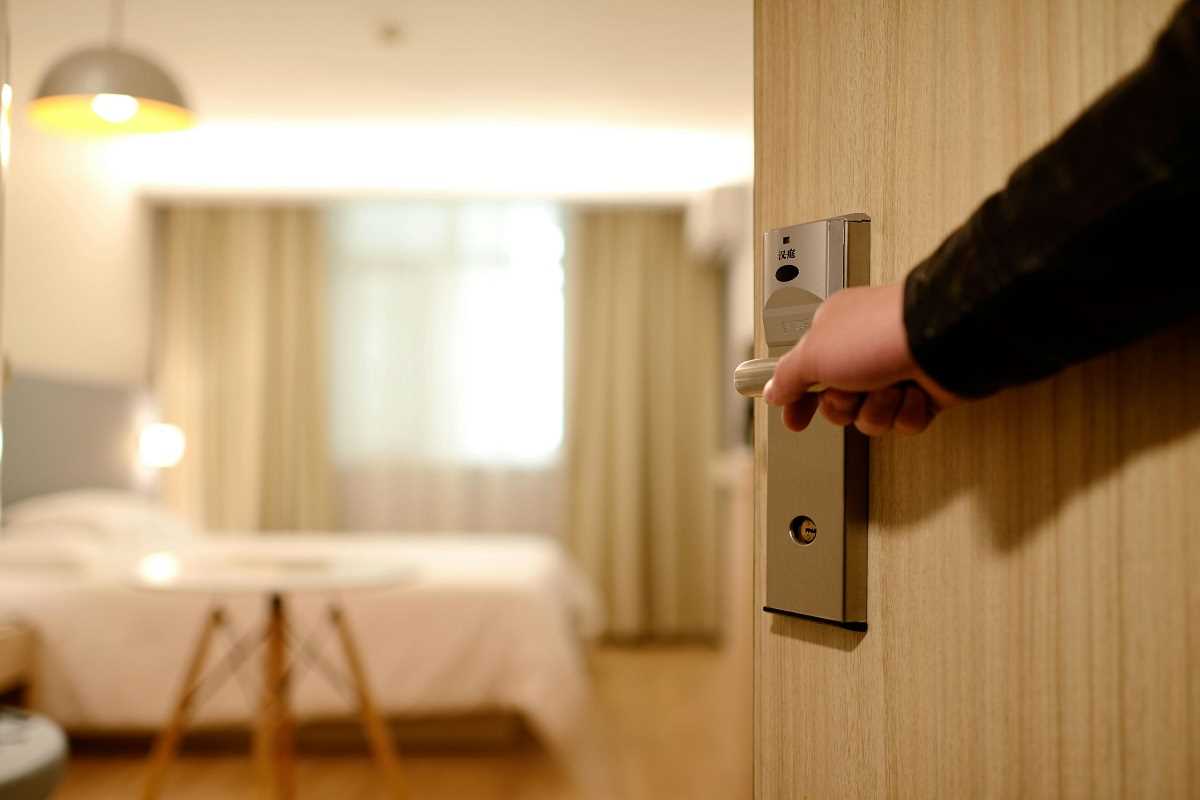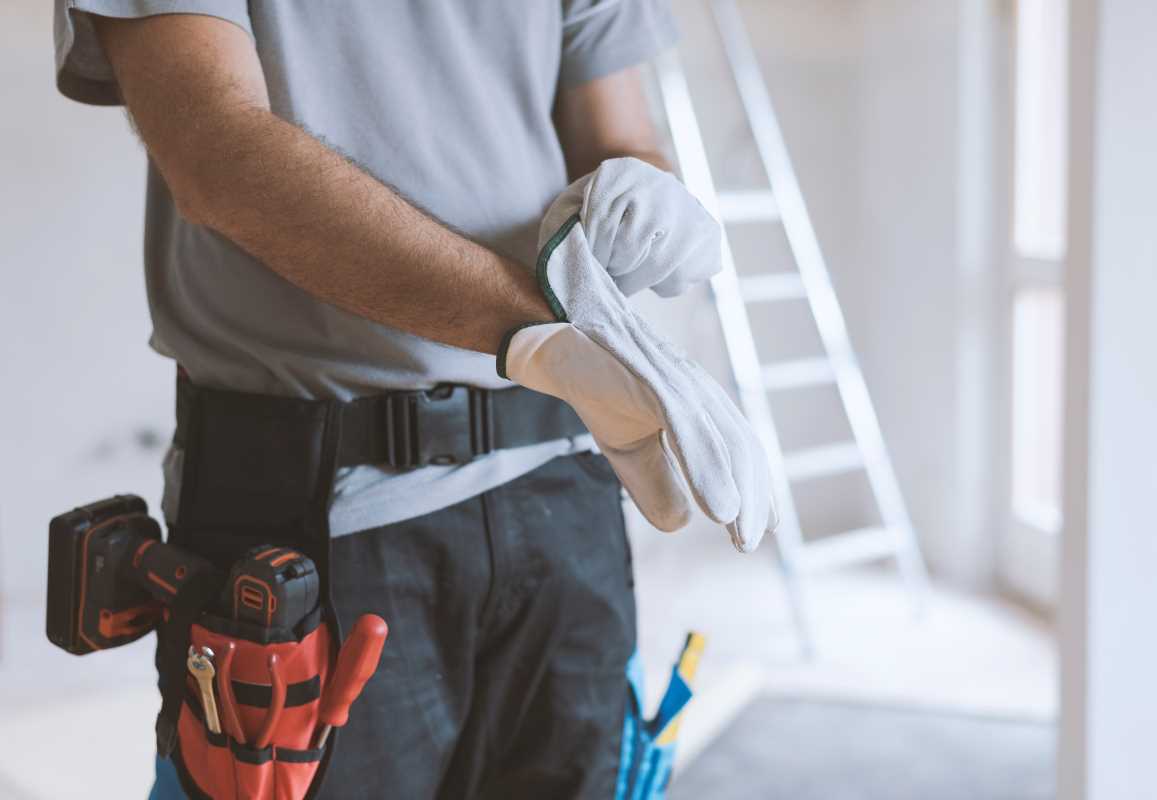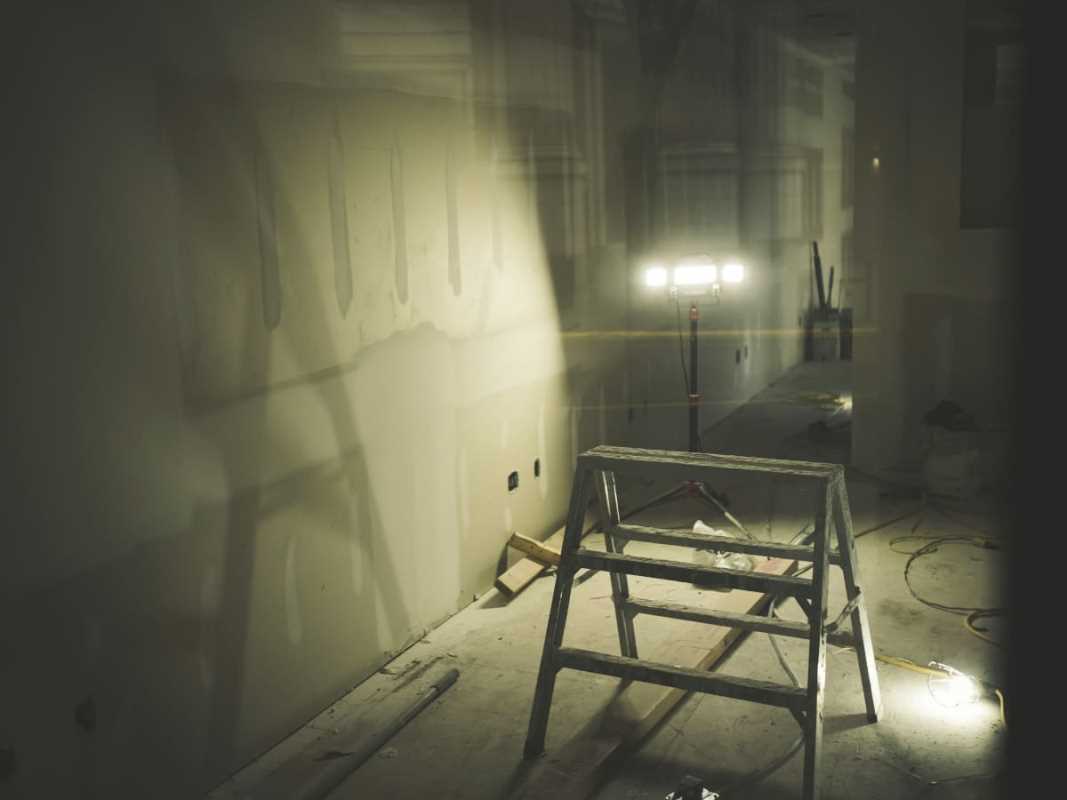Few household noises are as universally annoying as a squeaky door. It’s the sound that transforms a quiet midnight snack foray into a scene from a horror movie or announces your every move when you’re just trying to sneak out for a little peace and quiet. Whether it’s the bathroom, bedroom, or front door, that relentless squeak demands attention. The good news? Fixing it doesn’t require summoning a professional. With a little elbow grease and a few household items, you can silence the noise and reclaim some peace. Here’s how.
Pinpointing the Source of the Trouble
First things first, it’s important to know what’s causing the obnoxious squeak. Most of the time, you can blame the hinges. Over time, dirt, moisture, and daily usage cause wear and tear on the metal, making it grind against itself in protest.
To pinpoint the source, open and close the door slowly. Listen carefully and watch the hinges. Hear the squeak? That’s your culprit. But sometimes, the problem goes deeper. If the hinges seem fine, check the door frame or the screws. Loose screws or misaligned hardware can create friction that mimics a hinge squeak.
Another sneaky suspect could be your home’s humidity levels. Drastic temperature changes, especially in older homes, can cause metal and wood to expand or contract, amplifying tiny hinge issues. If the squeak tends to come and go with the seasons, you’ve likely found your answer.
Lubricating Hinges for an Easy Fix
The simplest solution for a squeaky door often comes down to lubrication. The hinges lose their smooth movement over time, so adding a lubricant is like giving the door a much-needed spa day. There’s no shortage of options here, and you likely already have something at home that will do the job.
For a quick household fix, grab some petroleum jelly, cooking oil, or even bar soap. Apply a small amount directly onto the hinge pin and swing the door back and forth a few times to work it in. It’s not the most sophisticated solution, but it can do the trick in a pinch.
If you want a more durable remedy, look for silicone spray, WD-40, or a specialty hinge lubricant from the hardware store. These products are designed to penetrate and coat the metal for a long-lasting, squeak-free life. Remember to place a cloth or cardboard panel beneath the hinge to catch any drips before you start spraying.
Lastly, patience is key. If the squeak doesn’t vanish immediately, give it a day or two. Sometimes the lubricant needs time to fully settle into the hinge’s inner workings. Follow up with another application if needed, and don’t shy away from working it in multiple times.
Cleaning Hinges to Keep Them Smooth
If lubrication doesn’t quite do the job, your hinges might need more than just a coat of spray. When dirt, rust, and grime build up over the years, they create resistance that makes every swing of the door a symphony of squeaks. Cleaning the hinges can make a huge difference in both sound and functionality.
Start by removing the hinge pins with a small hammer or screwdriver. Once you’ve removed the pins, wipe them down with a clean cloth to remove surface dirt. Stubborn spots of rust can be tackled with steel wool or fine-grit sandpaper. If your hinges are particularly dirty, soak them in white vinegar for an hour or two before scrubbing them clean.
Before reassembling, give the cleaned hinges a proper lube job. Apply a little lubricant directly to the pin, reinsert it into the hinge, and cycle the door open and shut a few times. This two-pronged approach of cleaning and lubrication often silences even the most stubborn squeaks.
For extra protection, especially if you live in a humid environment, consider coating the hinge pins with a thin layer of grease to prevent future rust and buildup. A touch of maintenance can go a long way in squeak-proofing your doors for years to come.
Tightening and Aligning Loose Screws
Hinges only work properly when everything is tight and aligned. Over time, screws can loosen with regular use, especially in heavy or frequently-used doors. That looseness causes unstable movement, which often results in the telltale squeak.
Grab a screwdriver and test all the screws in the hinge. Tighten any loose ones, using steady pressure to avoid stripping the screw head. If a screw spins in place without tightening, the hole may be too wide. Fixing this is easier than it sounds. Remove the screw and fill the hole with a mix of wood glue and small splinters or wooden toothpicks. Once dry, reinsert the screw. The wood filler adds support for a snug, secure fit.
Beyond screws, ensure the door and hinges are properly aligned. A misaligned door puts extra strain on the hinges, resulting in noises and uneven wear. Use a level to check the door’s position. If it’s tilted or uneven, adjust accordingly by tightening or loosening screws on the corresponding hinges. A tiny tweak can make a big difference.
Replacing Hinges for a Long-Term Solution
Sometimes, despite your best efforts, the squeak persists, and it’s clear the hinges are simply past their prime. Replacing your hinges can be a little more involved than lubricating or cleaning, but the payoff is well worth it for a no-squeak, hassle-free door.
Start by paying attention to the type of hinge you’re replacing. Measure the size, check the finish to match your style, and ensure the new hinge is a direct fit. Removing the old hinges is straightforward but involves a bit of coordination, especially with heavy doors. Use a helper if possible to hold the door steady while you unscrew and remove the hinges.
When installing the new hinges, work slowly and methodically. Line them up perfectly with the existing holes and tighten the screws evenly to create a snug fit. Test the door swing after installing each hinge to ensure smooth movement.
For a professional touch, lubricate your new hinges before reassembling everything, ensuring they stay operating smoothly right out of the gate. Sometimes, replacing the hinges not only fixes the squeak but can also improve the look and sturdiness of an older door.
 (Image via
(Image via





